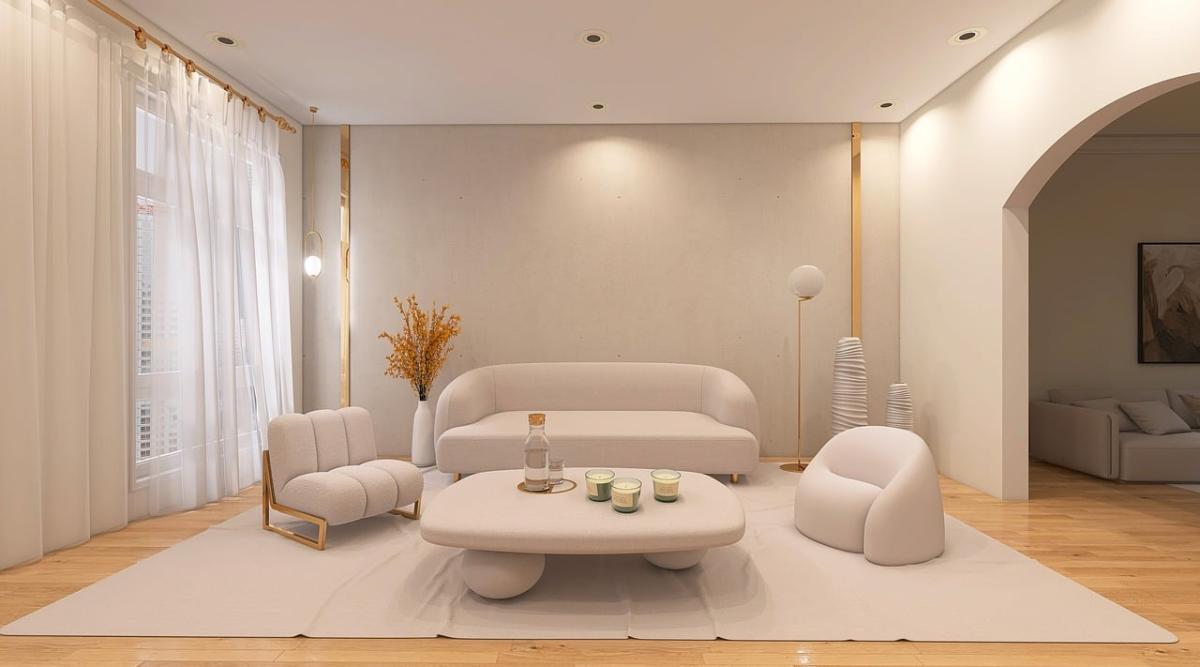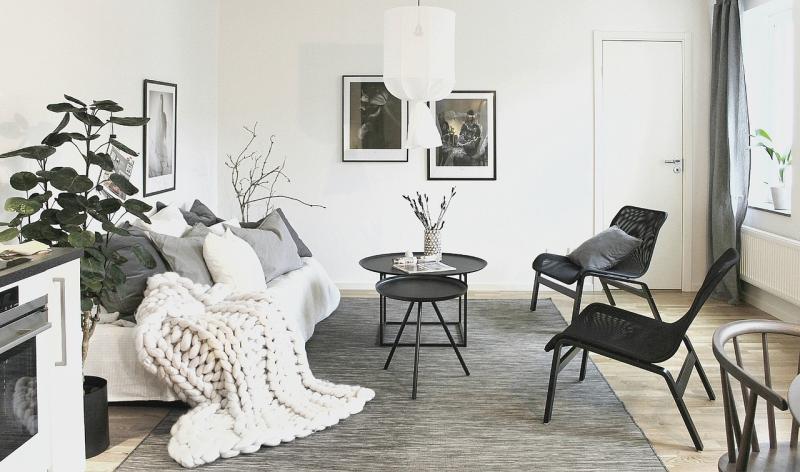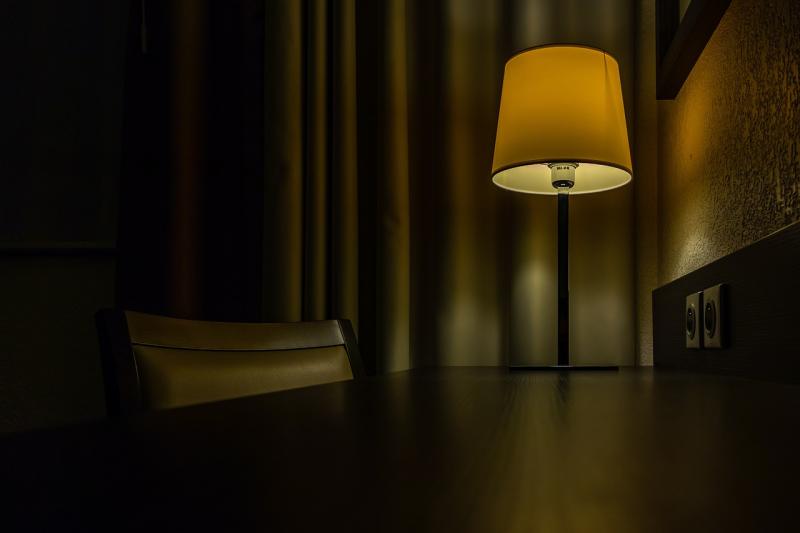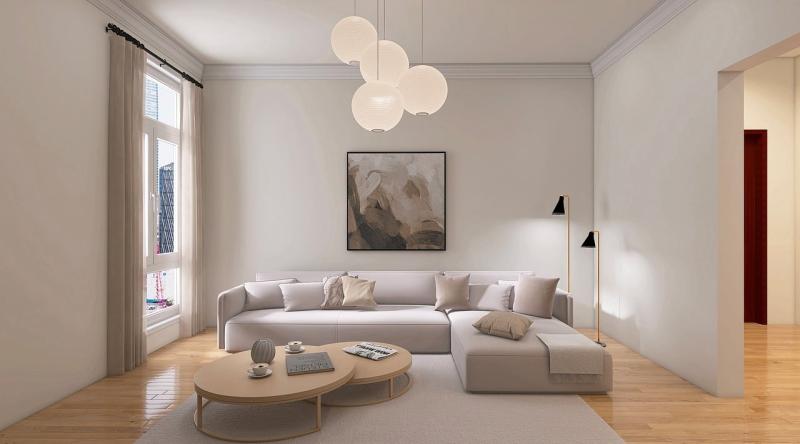Minimalist art work offers a unique charm that can transform any space in your home. One of the primary benefits is its ability to create a serene environment. By using simple shapes, clean lines, and a limited color palette, minimalist art work helps reduce visual clutter. This calm aesthetic allows you to focus on your thoughts and provides a peaceful atmosphere, making it perfect for living rooms, home offices, or bedrooms.
Another advantage of incorporating minimalist art work into your home is its versatility. These pieces can easily complement various interior design styles, from modern to Scandinavian. Whether you place a striking monochrome piece above a sofa or a delicate watercolor on a shelf, minimalist art work adds a stylish touch without overwhelming the space. This adaptability means it can suit any room and enhance your overall decor.
Furthermore, minimalist art work often encourages mindfulness and introspection. Its simplicity invites viewers to pause and appreciate the beauty of simplicity. Each piece can serve as a conversation starter or a source of inspiration, prompting reflections about art, life, and design. By integrating minimalist art work into your home, you create an environment that not only looks beautiful but also fosters meaningful interactions.
Choosing the Right Minimalist Piece
When it comes to incorporating minimalist art work into your home decor, selecting the right piece can make all the difference. Minimalist art focuses on simplicity and the essence of form, which means even a single artwork can define a room. Before making your choice, consider the existing color palette and style of your space. A well-chosen piece can enhance your environment without overwhelming it.
Another important factor is the size of the artwork. Large minimalist art work can serve as a striking focal point, drawing the eye and creating a sense of drama. Conversely, smaller pieces can be grouped together for a gallery-style look, allowing for more personalization and creativity in your arrangement. Pay attention to the proportions of your walls and how much visual weight you want the art to carry.
When selecting minimalist art work, think about the emotions you wish to evoke in your space. Soft lines and subdued colors can create a calm atmosphere, while bold shapes and vibrant hues might energize the environment. The right piece should resonate with your personal style and reflect the mood you want to cultivate in your home, making it feel more inviting and cohesive.
Don't forget to consider the medium of the artwork as well. Whether it's a canvas painting, print, or sculpture, each option brings a unique textural element that can elevate your decor. Explore various forms of minimalist art work to find pieces that speak to you and blend harmoniously with your space. Trust your instincts, and choose artwork that you’ll love living with every day.
Tips for Displaying Minimalist Artwork
Displaying minimalist art work can transform your space into a serene and inviting environment. To create the perfect backdrop for your pieces, start with a neutral color palette on your walls. Soft whites, light grays, or gentle pastels can enhance the simplicity of the artwork, allowing it to stand out without overwhelming the room.
When it comes to placement, consider the scale of the artwork in relation to your furniture and space. Large minimalist art work works best on expansive walls, where it can serve as a statement piece. Conversely, smaller pieces can be grouped together in a gallery-style arrangement, adding interest while maintaining the minimalist aesthetic. Keep in mind the importance of spacing; too close together can feel cluttered, whereas too far apart may not create enough impact.
Lighting is another critical factor in showcasing minimalist art work. Natural light is ideal, but adjustable artificial lighting can also help highlight the clean lines and muted colors of your pieces. Wall-mounted fixtures or track lighting can direct attention precisely where you want it, enhancing the tranquil vibe that minimalist art is known for.
Lastly, consider incorporating personal touches to complement your minimalist art work. Simple vases with fresh flowers or understated sculptures can enhance the artwork without stealing the show. Remember that the goal is to create a harmonious balance in your space that resonates with the principles of minimalism—a perfect celebration of simplicity and beauty.
Minimalist Art Trends to Explore
Minimalist art work focuses on the essence of form and color, stripping away extraneous details to reveal beauty in simplicity. One popular trend is the use of monochromatic palettes, where artists create pieces with varying shades of a single color. This approach fosters a calming environment and encourages the viewer to connect deeply with the work, making it a perfect choice for contemporary living spaces.
Another trend to explore is the incorporation of geometric shapes. Artists are experimenting with lines, circles, and squares to create visually striking compositions. These shapes can form patterns that evoke a sense of order and harmony, providing a great contrast to the chaos of daily life. By including geometric minimalist art work in your space, you can create a focal point that enhances the overall aesthetic of the room.
Natural elements in minimalist art work are also gaining popularity. Artists are drawing inspiration from nature, using organic forms and earthy tones to create pieces that resonate with our innate connection to the environment. This trend emphasizes sustainability and can bring a soothing, grounding presence to your home, making it an ideal addition for those looking to create a serene atmosphere.
Finally, the use of negative space is a defining characteristic of many minimalist art work pieces. By leaving areas of the canvas blank, artists invite viewers to engage their imagination and fill in the gaps. This technique can create a dialogue in the viewer's mind, encouraging contemplation and personal interpretation. Integrating works that utilize negative space can lead to dynamic interactions within your living space, promoting a feeling of spaciousness and tranquility.



